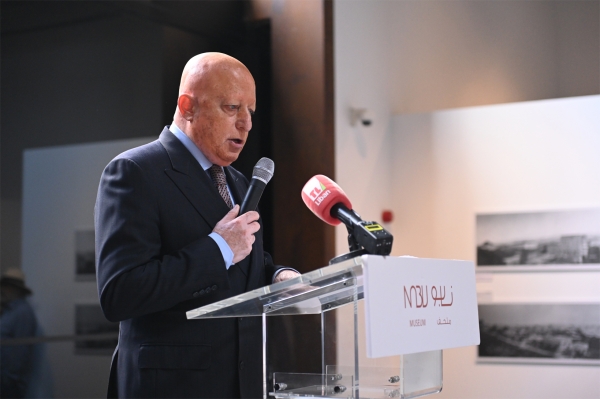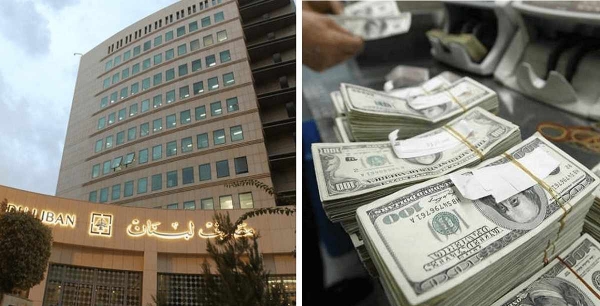Dr. Joseph Hatem - Lebanon Illustrated by its Stamps
Knowing that stamps attest best to the life of nations, Hatem issued his book entitled Lebanon Illustrated by its Stamps in three editions: Arabic, English and French. Published by Dergham, the book not only contains images of postal stamps but is also adorned with poems by Charles Qorm, Shebli Al-Mallat, Nadia Toueini, Michel Shiha, Hector Khallat, Shukri Ghane, Venus Khoury, Maarouf Rasafi and Al-Akhtal As-Saghir. Renan, Lamartine, Gérôme and others are also quoted in the book.
Rowland Hill is credited with the invention of the first postage stamp in London in 1840, on which the profile of Queen Victoria was engraved. The idea was then propagated across the world and postage stamps have since been featuring heads of state, kings, celebrities, the world’s riches, heritage items as well as political, economic, social and cultural landmarks.
Postage stamps were issued for the first time in Switzerland and Brazil in 1843 and 1849 respectively. The first Lebanese stamps though were issued in France in 1924 before painter Philippe Mourani became the first Lebanese to produce postage stamps about Lebanon in 1936. Between 1942 and 1965, Russian artist Paul Koroleff was an important figure in the design of stamps of Lebanon and so was the famed Lebanese painter Mostafa Farroukh. At the time, the Catholic printing house was the first to issue these stamps before other houses followed suit. Until 1966, the names of both the printing house and the illustrator/designer were still shown in the bottom margin of the stamp.
Through his significant collection of commemorative stamps, which he began to amass in 1989, Joseph Hatem revived memories of the days of establishment of modern Lebanon, starting from the rule of emirs in the late 16th century to the birth of the modern state. In all five chapters, Hatem is careful to place Lebanon in both its Arab and international contexts and to accentuate its valuable heritage and the dynamism of its people both at home and overseas. Every stamp has a story to tell about Lebanon’s history and the occasions and landmarks that marked it.
A 1.5 piaster stamp featuring the Chehabi Emir was issued on the anniversary of the declaration of independence. Another airmail stamp with a 5 piaster value represented Emir Fakhreddine who was also illustrated on a 50 piaster stamp offered by Lebanese emigrants in Brazil. The LBP 1250 stamp was issued on the 60th anniversary of independence and the LBP 1000 stamp featured Tripoli’s old souk. The pillars of Baalbeck were represented on a 500 piaster stamp and Miss Lebanon, Georgina Rizk, on a stamp worth 25 piasters. These are samples of the many stamps Joseph Hatem had collected, driven by the beauty of these small paintings with serrated edges and the testimonies they carried about Lebanon’s history.
Although his first collection was was destroyed by fire, Dr. Joseph Hatem did not hesitate to create other collections of rare stamps. He regretted that there were no stamps in the names of Charles Debbas and Habib Basha Saad, the two Lebanese presidents under the French Mandate, as well as Suleiman Frangieh and Bashir Gemayel who headed the state during the phase of independence. Hatem takes his regrets even farther saying “We glorify the cedar tree, our national symbol, but forget the mulberry tree, which provided livelihoods for the Lebanese through sericulture. We forget the olive tree, which has accompanied us throughout all ages and provides us with year-round oil and olives. We also forget the railway train and its small stations copied from the French style. We forget how its whistle used to penetrate the coastal area’s neighborhoods and souks. We discarded in our stamps our distinctive houses and mosques and churches, which stand out for their architecture and location.”








Leave A Comment